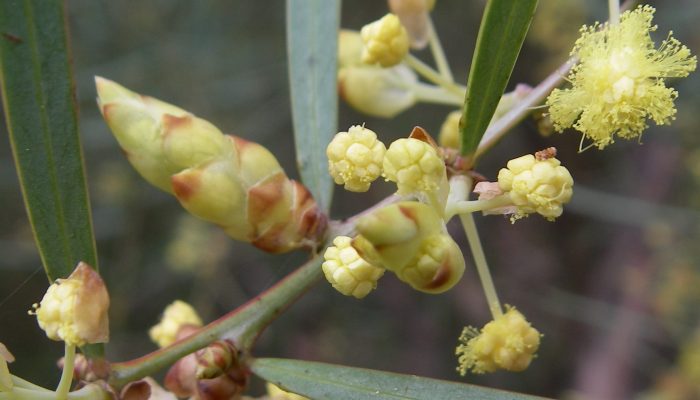McCalmans Track
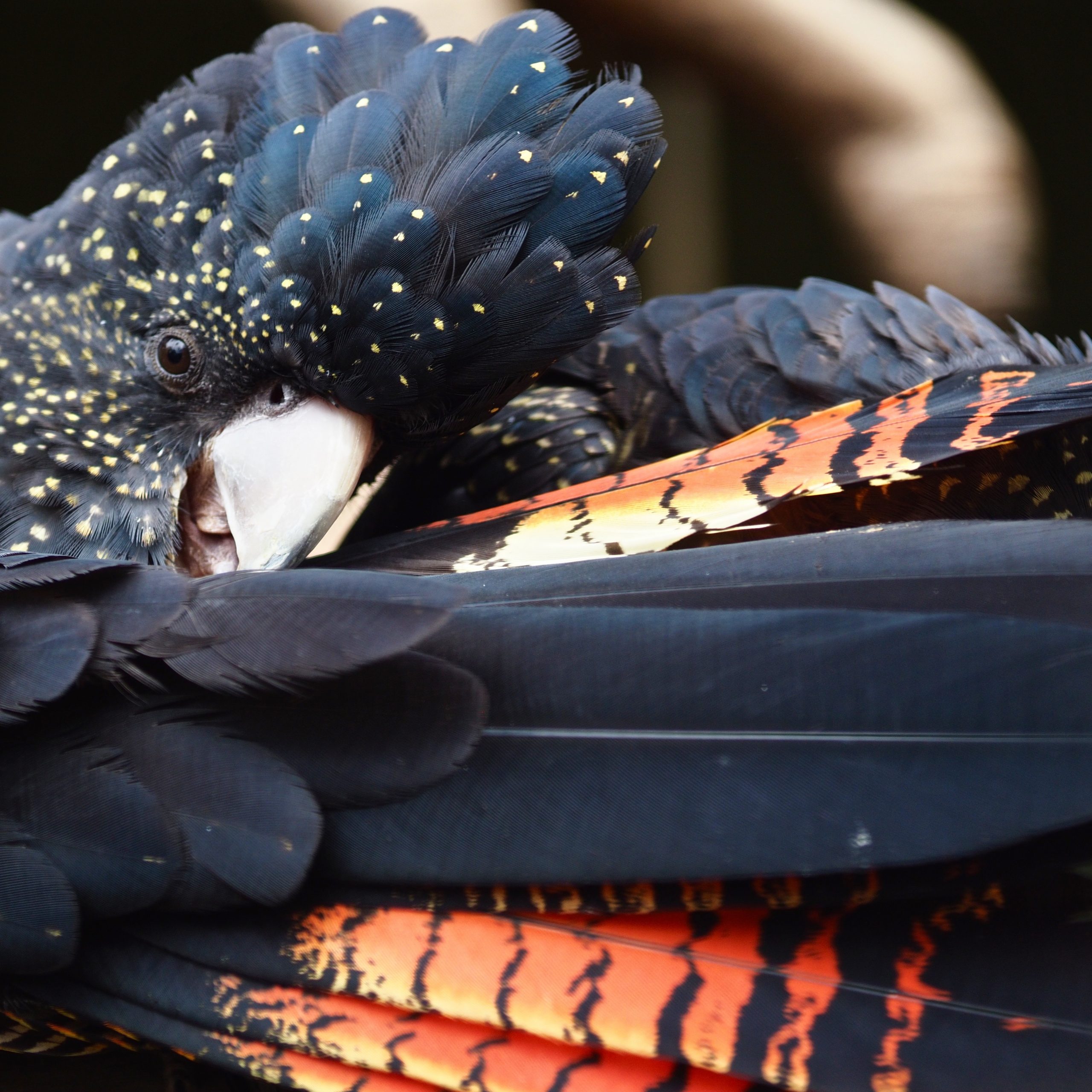

McCalmans Track
Please contact the landholder for more information on this property.
Steve Mathews
0407 829 922
Address: Lake Mundi near Casterton
Size: 97 ha
Price and details: Please contact the landowner.
by


Please contact the landholder for more information on this property.
Steve Mathews
0407 829 922
Address: Lake Mundi near Casterton
Size: 97 ha
Price and details: Please contact the landowner.
by
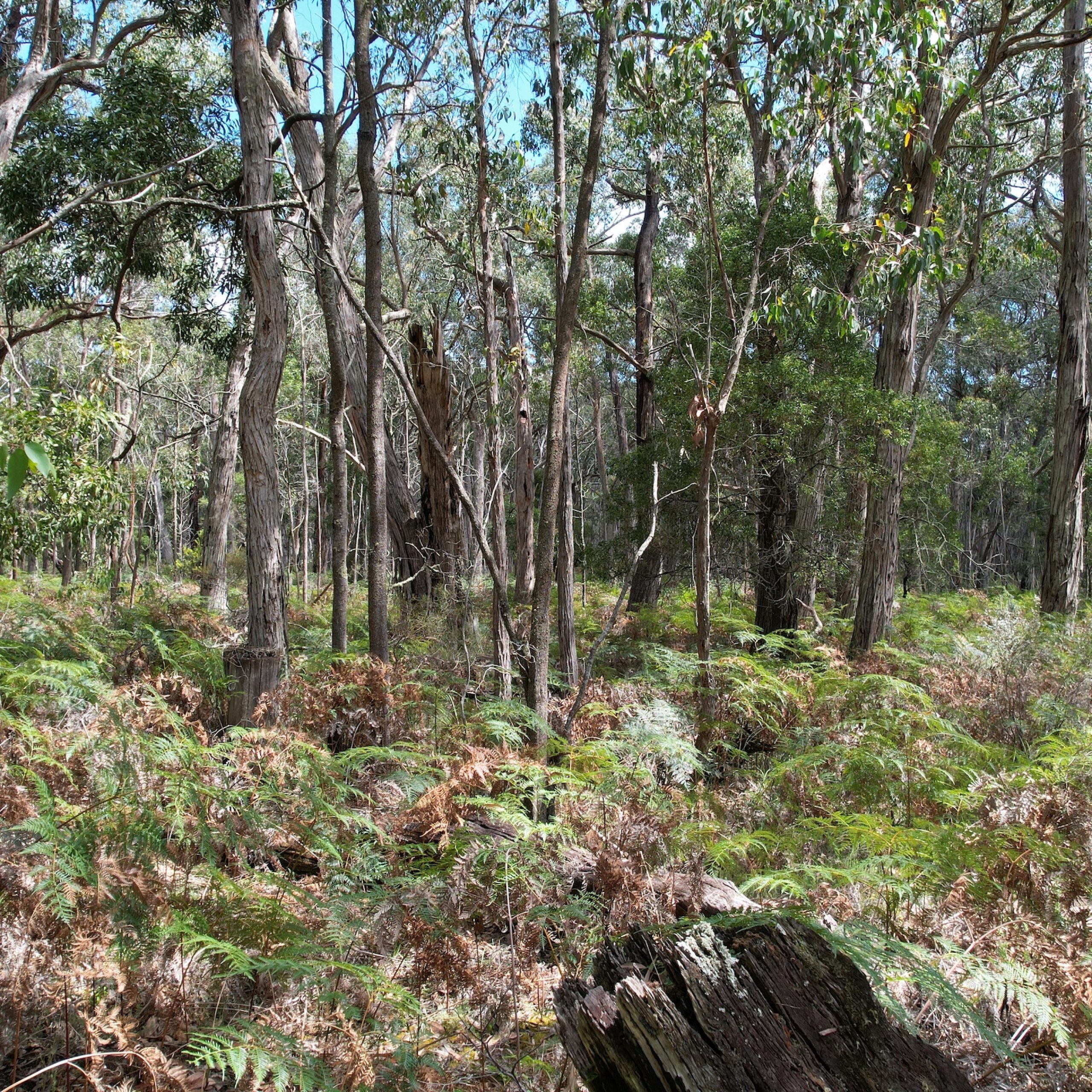
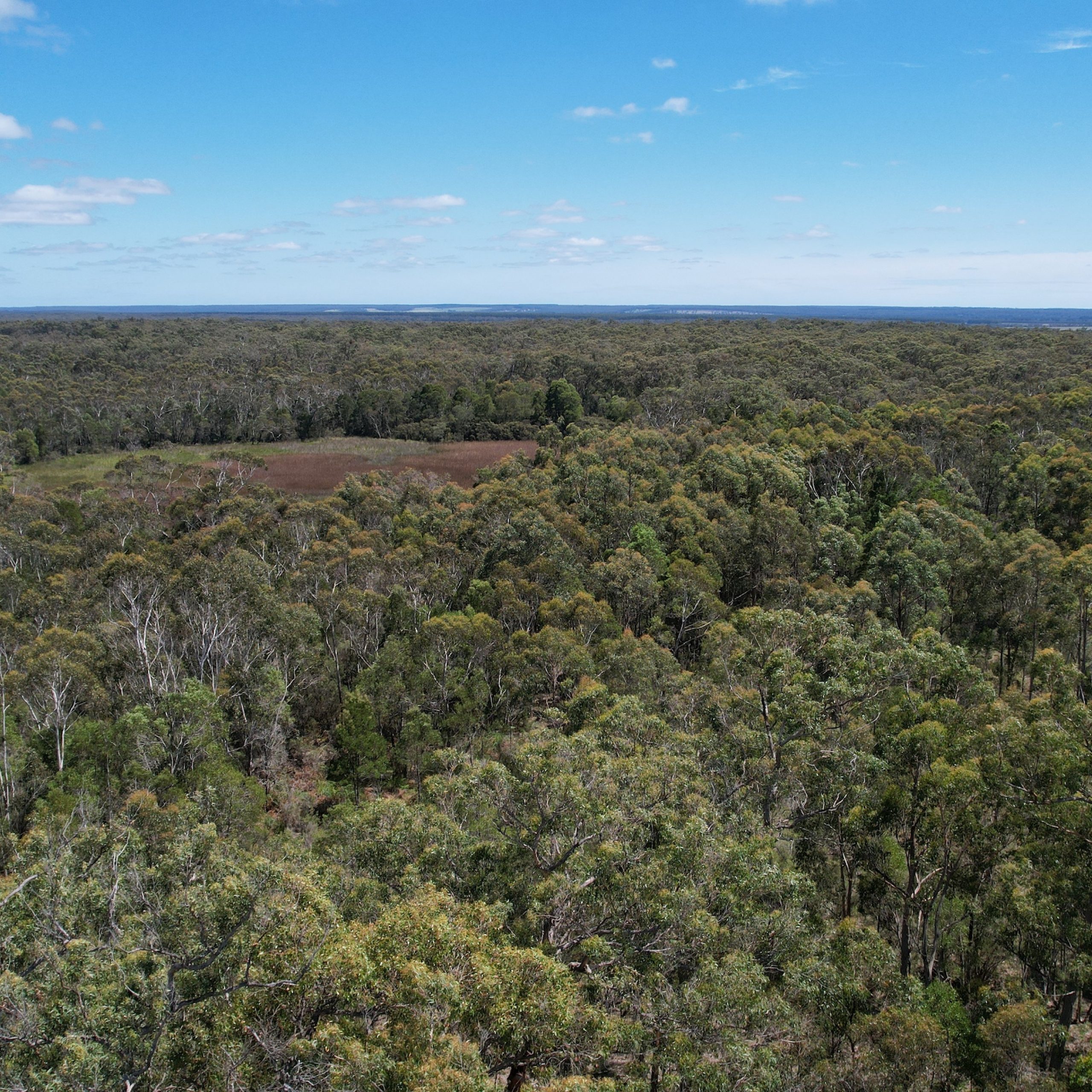
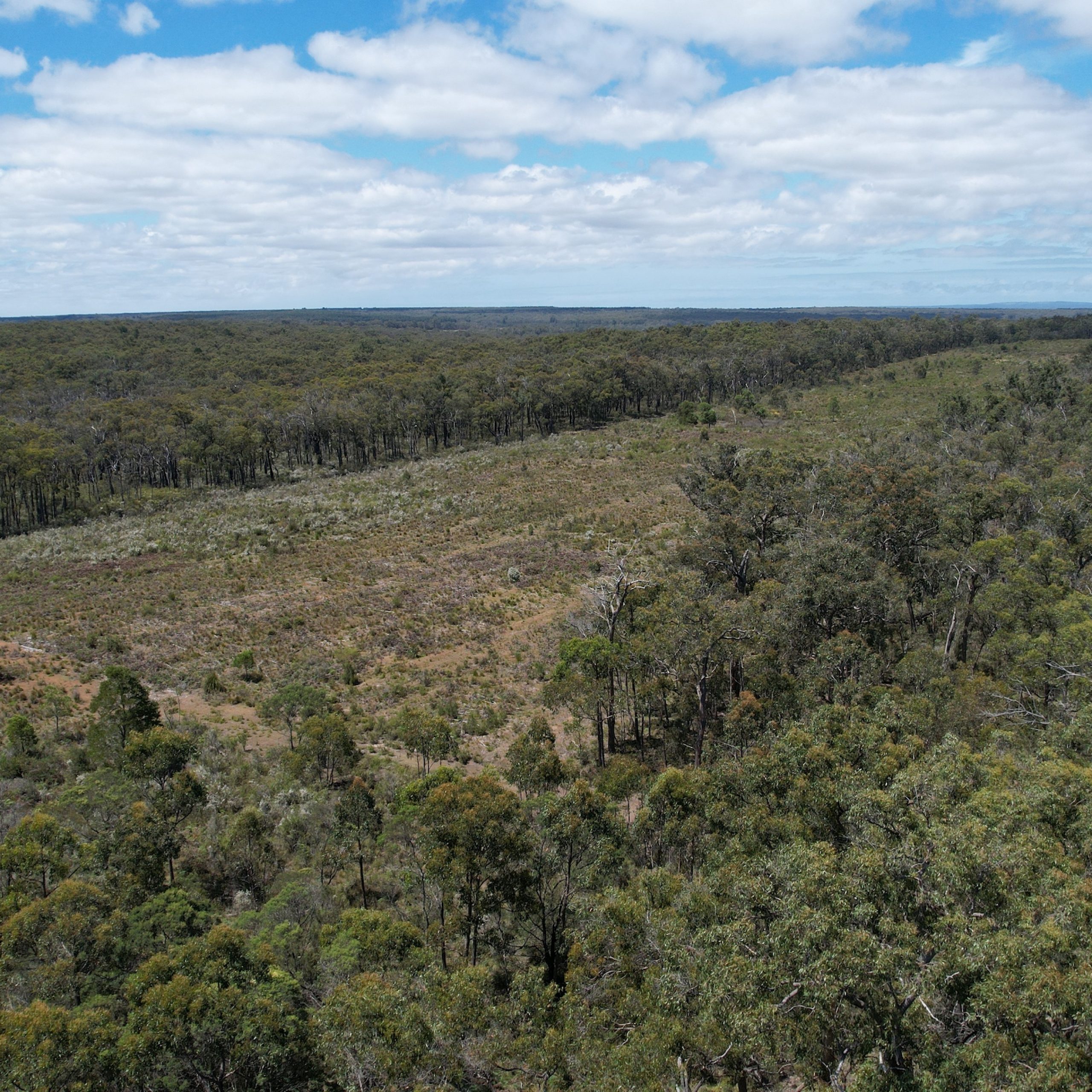
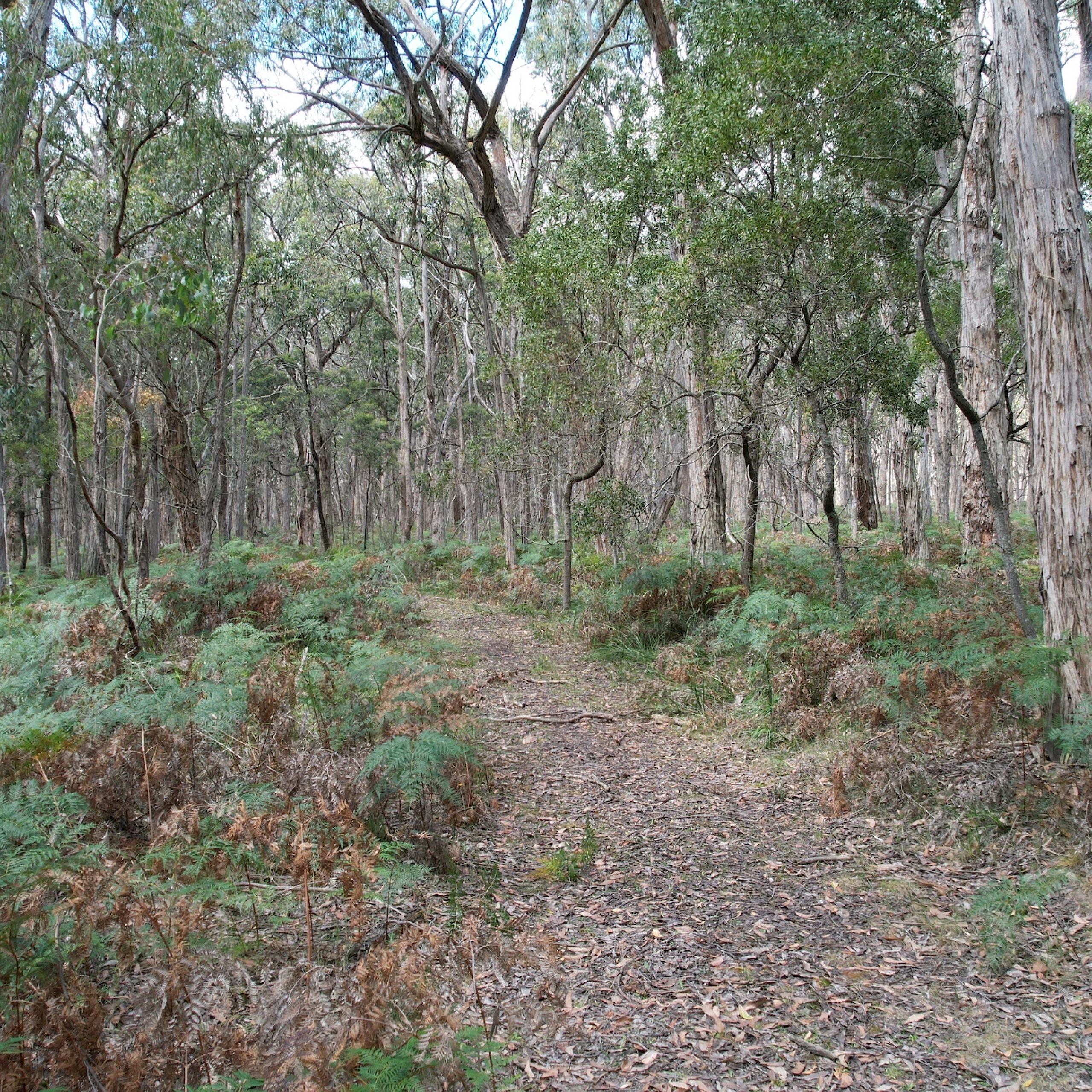
Please contact the landholder for more information on this property.
Nathan Smith
0411 370 331
Julia Jardine
0439 104 071
Address: Myamyn
Size: 194 ha
Price and details: Please contact the landowner for private sale or expressions of interest for collaboration.
by
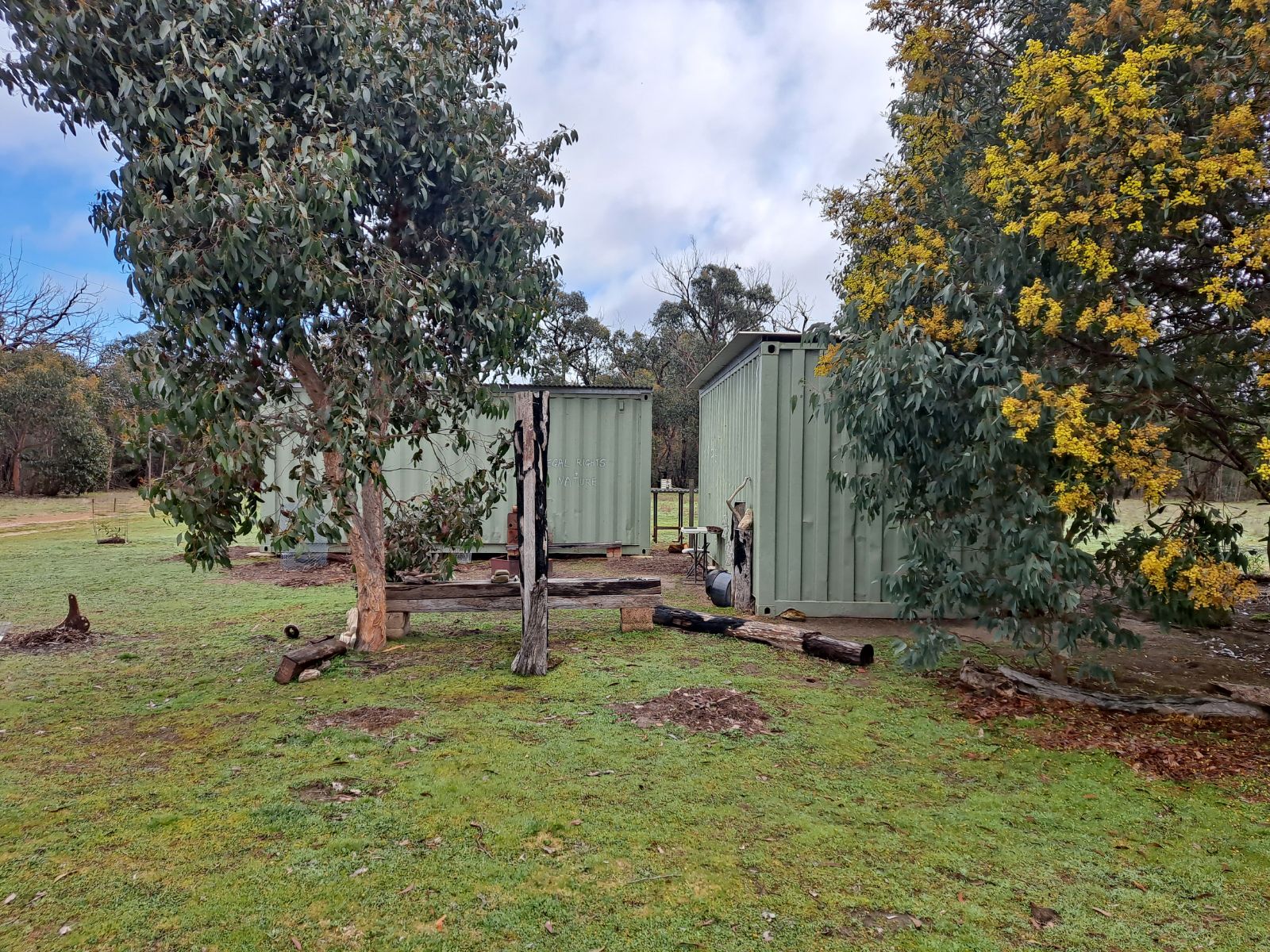

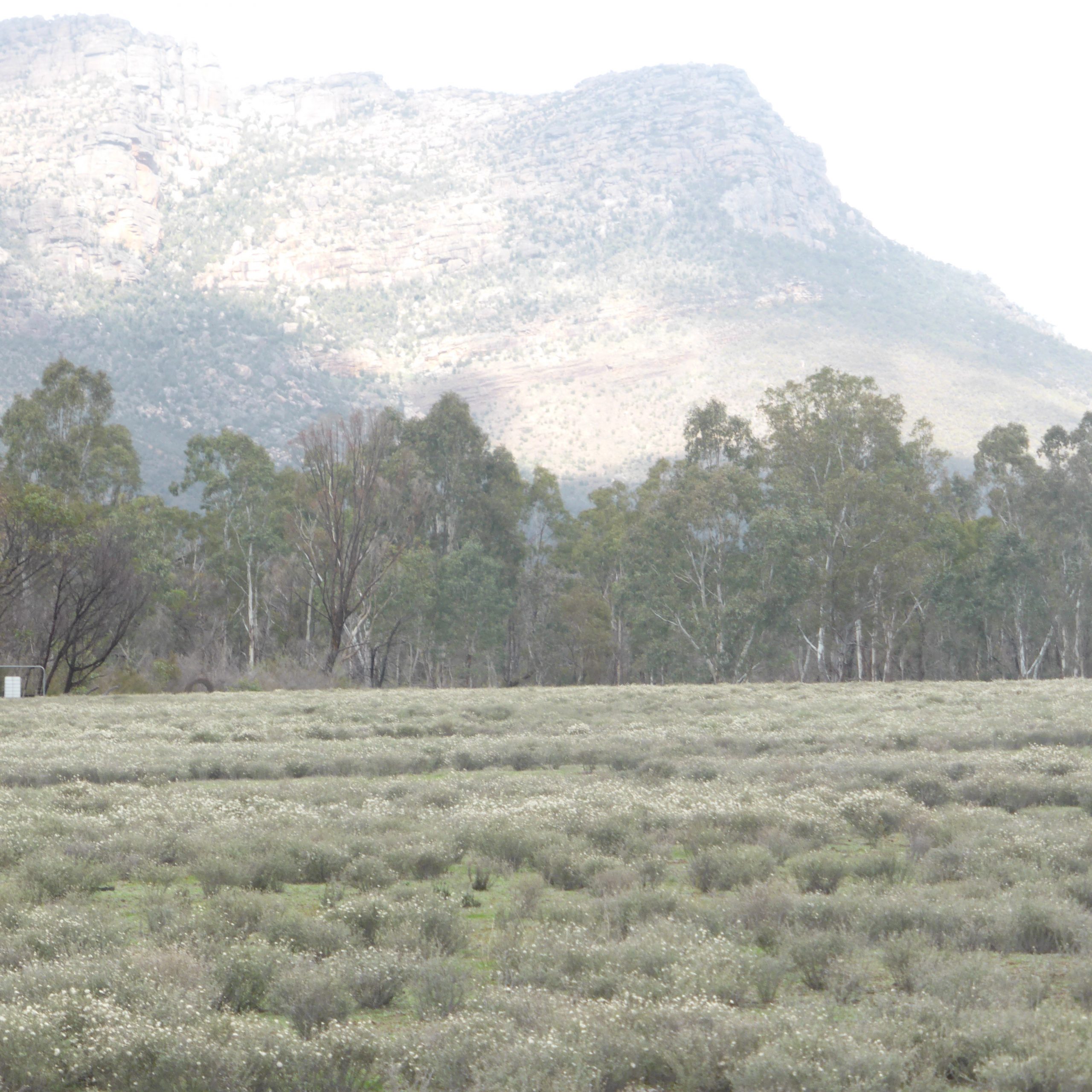
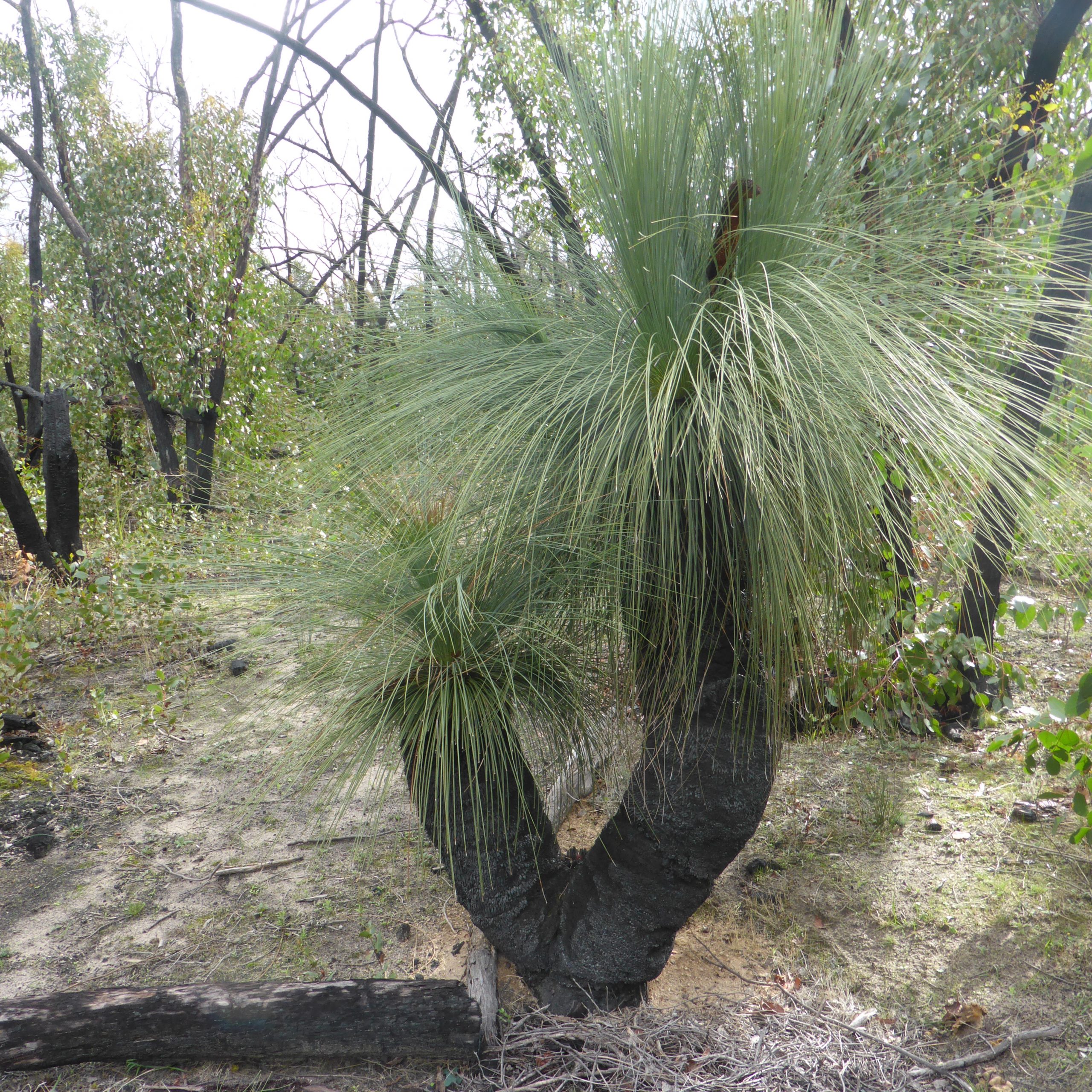

Please contact the landholder for more information on this property.
Mig Mayer
0421 463 251
Address: Wartook
Size: 16 ha
Price and details: Please contact the landowner for private sale or expressions of interest for collaboration.
by
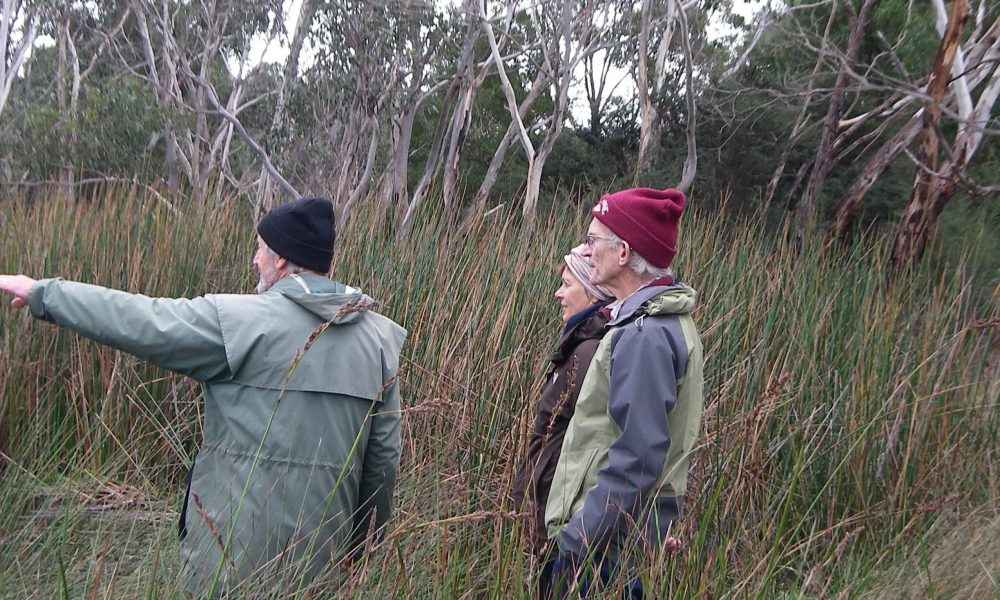
As one of the largest remaining examples of remnant vegetation in the area, Pallisters Reserve is home to a number of grassland, woodland and wetlands plants including orchids, lilies and aquatic plants. The reserve also provides a range of habitats for birds, mammals and frogs.
The reserve is 254 ha and located off Masons Road, Orford.
Trust for Nature purchased the first section of Pallisters Reserve in 1989 with the second section purchased in 1993. The property is managed by the Friends of Pallisters Reserve Inc.
All Trust for Nature reserves are closed on days of Total Fire Ban, and days of severe, extreme and code red fire danger.
The reserve contains four vegetation communities, three of which are endangered. These are the Damp Sands Herb-rich Woodland, the Damp Sands Herb-rich Woodland/Plains Swampy Woodland/Aquatic Herbland Mosaic and the Aquatic Herbland/Plains Sedgy Wetland Mosaic.
Manna Gum (Eucalyptus viminalis ssp. cygnetensis) and Peppermint (Eucalyptus falciformis) dominated woodlands provide habitat for Koalas and threatened woodland birds. The understorey in the woodlands is diverse with species such as Silver Banksia (Banksia marginata), Sweet Bursaria (Bursaria spinosa) and Wattles (Acacia spp). The groundcover, while dominated by Bracken (Pteridium esculentum), has a diverse array of flowering herbs and grasses.
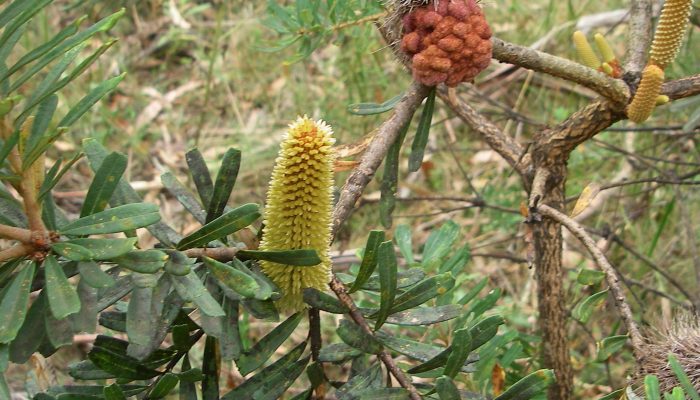
The reserve is home two breeding pairs of brolgas (Grus rubicunda). These striking birds are listed as vulnerable in Victoria and will nest in the same area for up to 20 years. Also present is the endangered Powerful Owl (Ninox strenua) and the migratory Latham’s Snipe (Gallinago hardwickii).
Notable plants on site includes the rare Western Peppermint (Eucalyptus falciformis) which can be recognised by its cream bark, often with rough, fibrous stripes of older bark at the base.
Greenhood orchids (Pterostylis spp), Donkey orchids (Diuris spp), Blue Pincushion Flower (Brunonia australis), Manna Gum (Eucalyptus viminalis ssp cygnetensis) and Grass trees (Xanthorrhoea sp.) provide habitat and diversity in the woodlands.
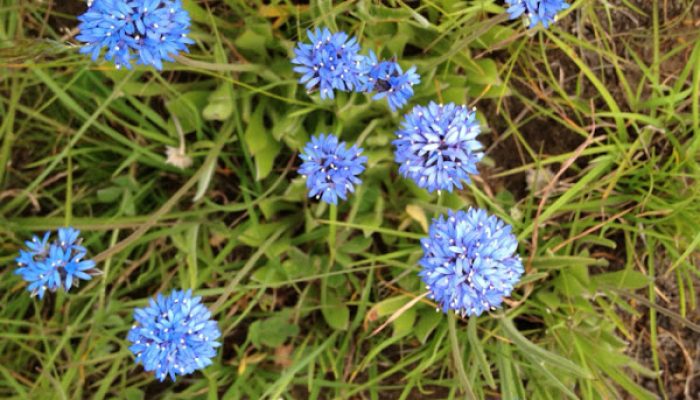
Pallister’s Reserve is a 254 ha site at Orford in the south east corner of the Portland basin. The reserve, previously owned by Mr W Pallister, was purchased in 1989 thanks to donations from the RE Ross Trust, Victorian Conservation Trust (now Trust for Nature), the Department of Sustainability and Environment (now the Department of Environment, Land, Water and Planning) and local conservation groups. Soon after, the Friends of Pallisters Reserve was formed to manage the property.
The reserve was extended in 1992 when land adjoining the western boundary was purchased from the Hocking family.
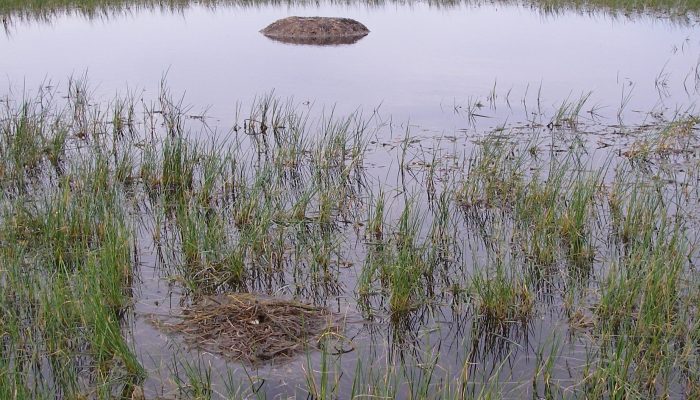
The previous wool shed has been converted into a comfortable club house. Walking tracks traverse the areas of woodlands, wetlands and open grasslands across the property, from where you may catch a glimpse of wildlife in their natural habitat.
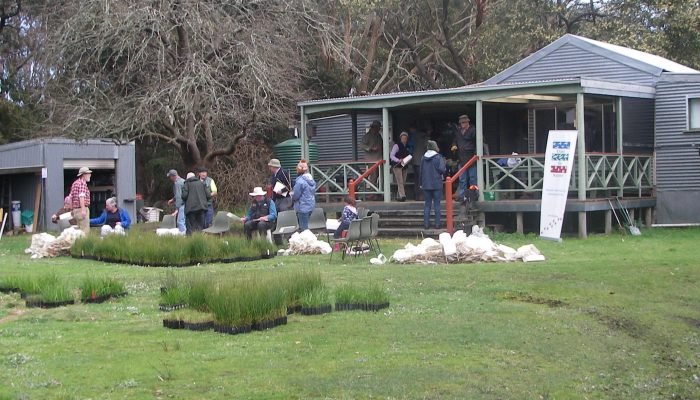
Our reserves have hazards that may cause serious injury or death. You are responsible for your own safety and the safety of those in your care.
The reserve is closed during days declared as Total Fire Bans and/or where the fire danger rating is Severe, Extreme or Code Red.
The reserve is home to a variety of wildlife, including several species of venomous snake. During summer it is advised that long trousers and gaiters are worn when walking in the reserve.
Visitors to the reserve are requested to not cross any fence-lines, or venture onto neighbouring private property. All visitors are requested to stay on the marked walking trails.
Other hazards include:
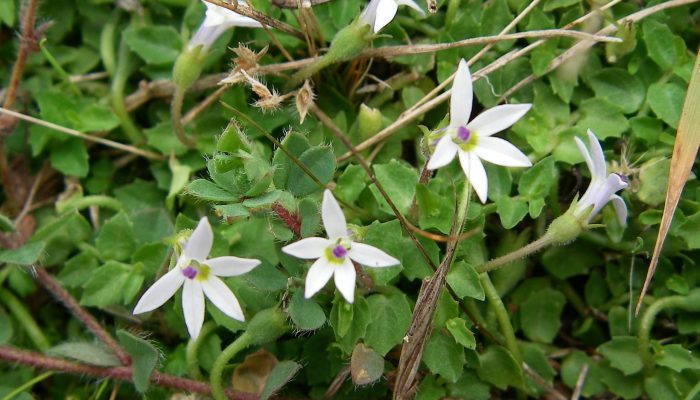
by
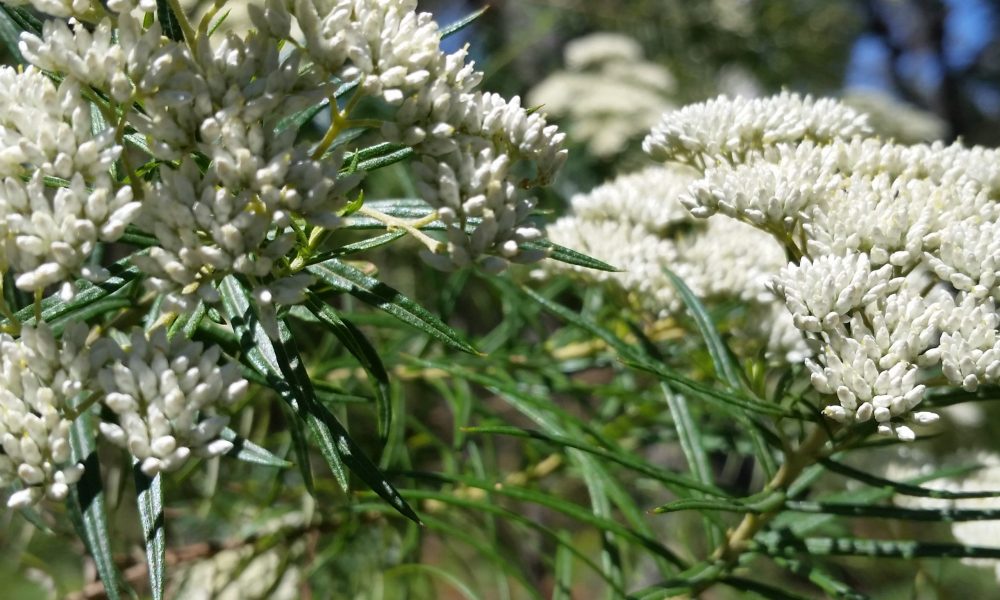
This 63 ha reserve, located at the corner of Bond Road and Clarkes Creek Road in Merino, not only conserves significant species and ecological communities, but forms an important link to other patches of remnant vegetation.
All Trust for Nature reserves are closed on days of Total Fire Ban, and days of severe, extreme and code red fire danger.
Vulnerable Damp Sands Herb-rich Woodland ecosystem makes up the majority of reserve. Typically an open, grassy or bracken dominated eucalypt forest, this habitat type is rich in herbs, grasses, and native orchids. The depleted Heathy Herb-rich Woodland ecosystem type is also present and is very similar, although occurs on different soil types and has a different vegetation profile.
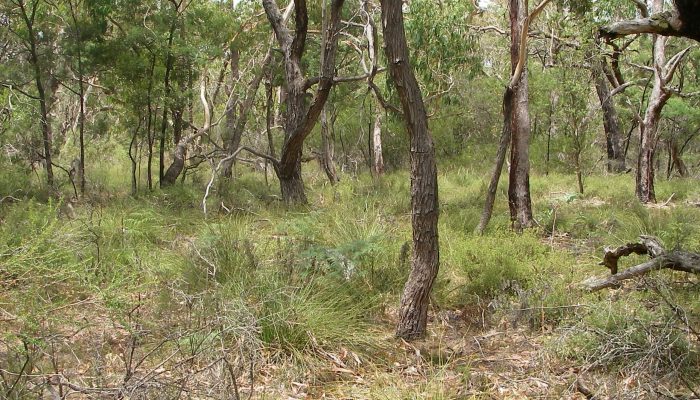
The reserve is home to the vulnerable Tussock Skink (Pseudemoia pagenstecheri), a small ground-dwelling lizard that can be seen basking in the sun or hunting among the leaf litter or grass. These skinks are carnivorous, feeding on insects and other small arthropods. They are olive or grey-brown in colour and grow up to 62 mm long.
The major plant species found on the reserve include eucalypts such as Brown Stringybark (Eucalyptus baxteri), Manna Gum (Eucalyptus viminalis ssp. cygnetensis) and Swamp Gum (Eucalyptus ovata), as well as species of Wattle (Acacia spp) and Banksia (Banksia spp).
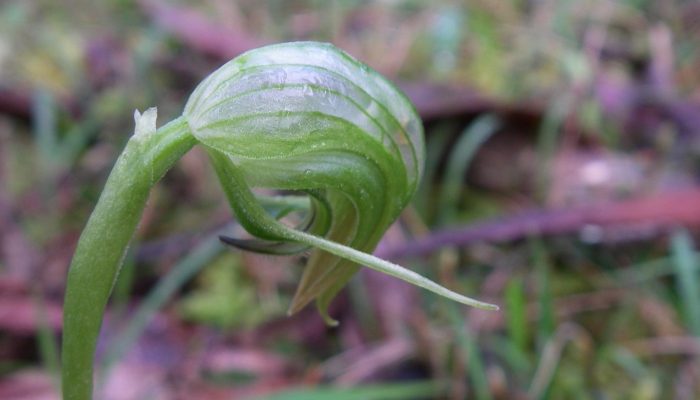
This property was donated to Trust for Nature in 1990 by the Crawley Family with the aim of protecting the land forever.
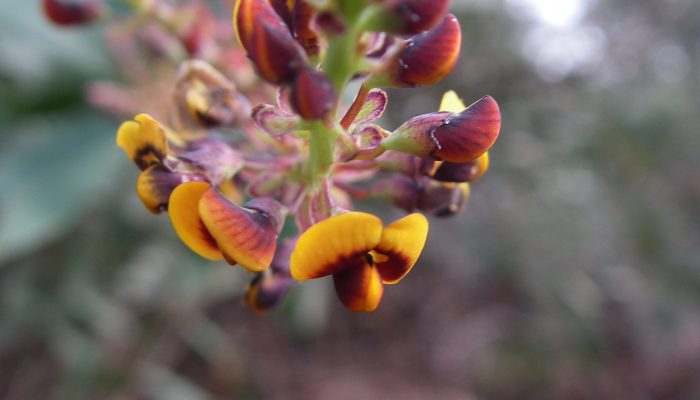
Access is restricted for vehicles.
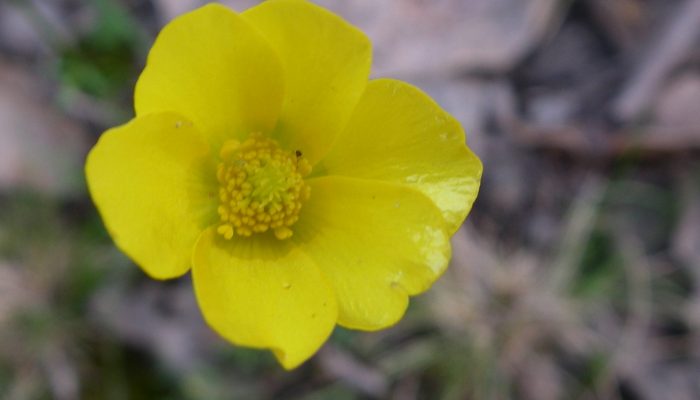
Our reserves have hazards that may cause serious injury or death. You are responsible for your own safety and the safety of those in your care.
The reserve is closed during days declared as Total Fire Bans and/or where the fire danger rating is Severe, Extreme or Code Red.
The reserve is home to a variety of wildlife, including several species of venomous snake. During summer it is advised that long trousers and gaiters are worn when walking in the reserve.
Visitors to the reserve are requested to not cross any fence-lines, or venture onto neighbouring private property. All visitors are requested to stay on the marked walking trails.
Other hazards:
Falling limbs
